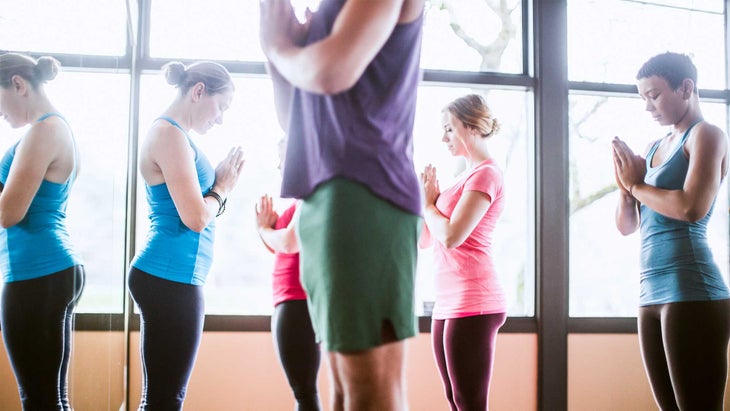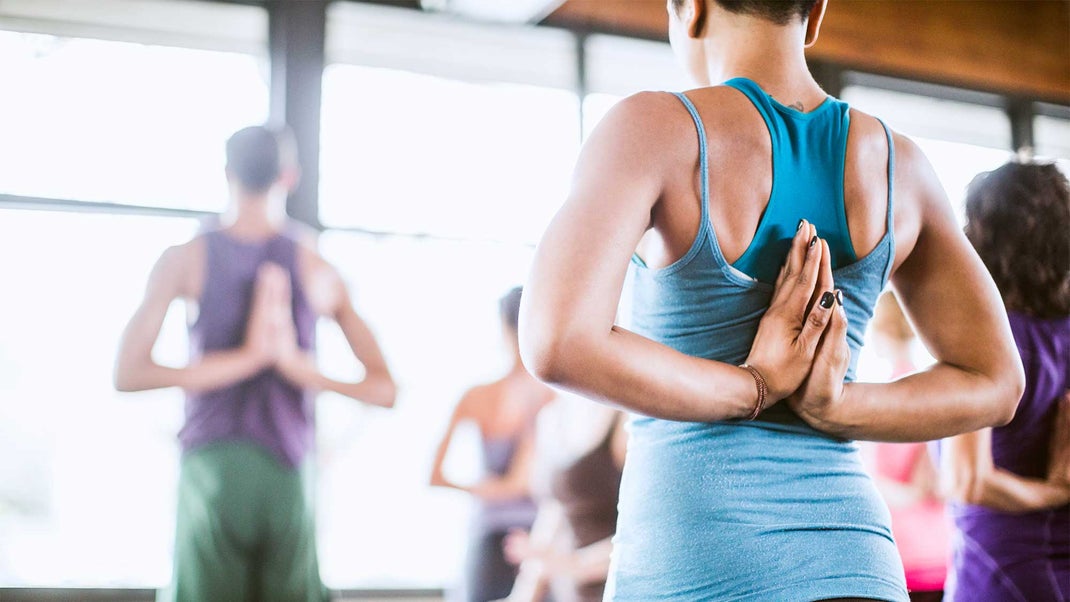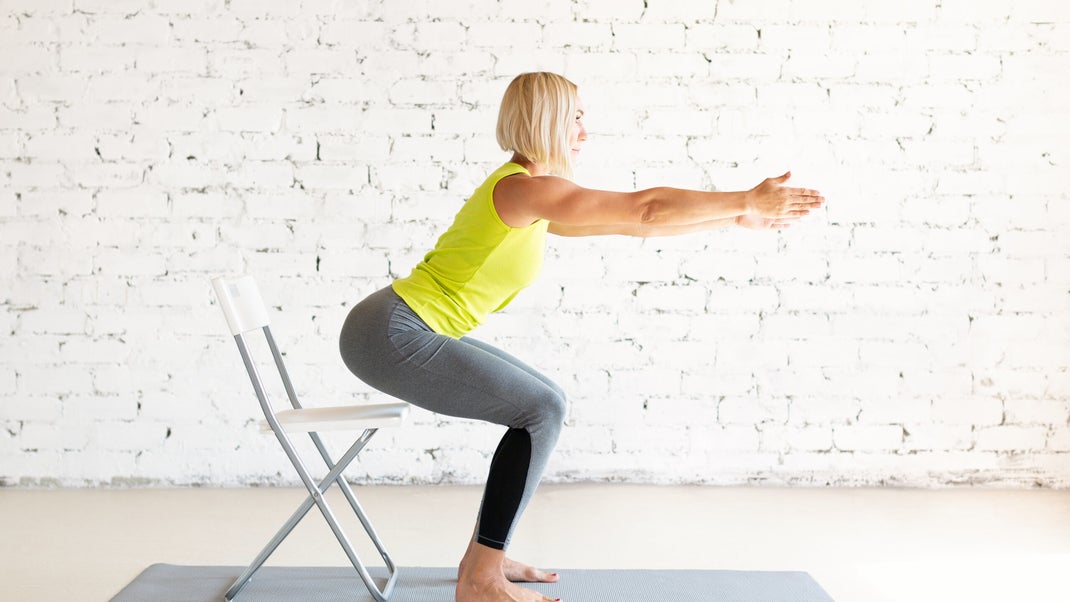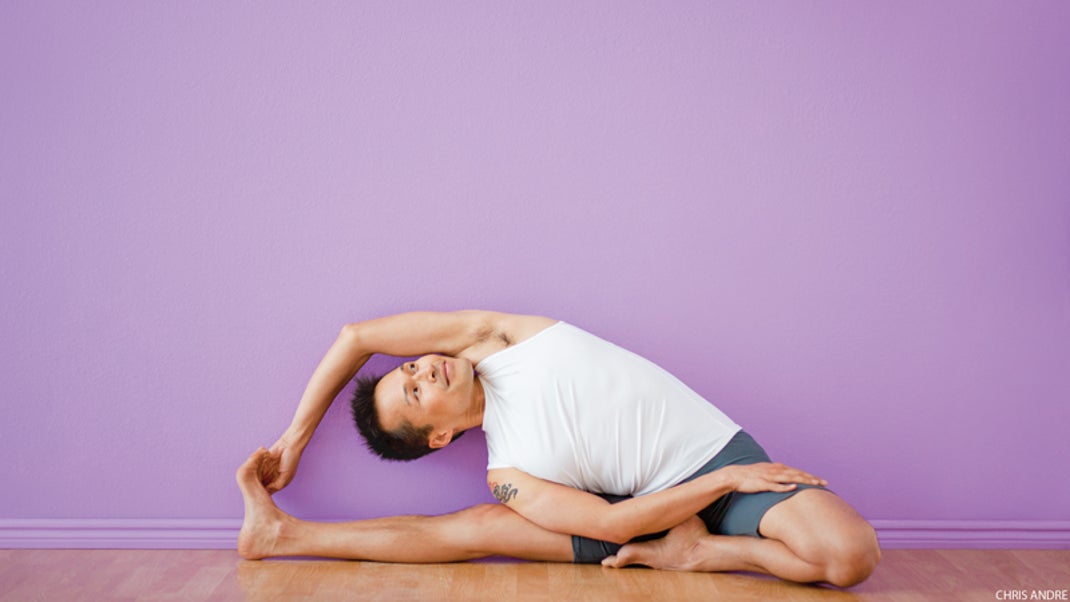The Yoga industry is growing at a rapid pace, and for good reason. There are many benefits to yoga that come with it. The challenge of the modern-day yogi is finding an affordable studio that they can go to on a regular basis. This blog post will explore Why I Run A Donation-Based Yoga Studio in order to help others who are looking for this type of facility.
I recently met with a student who was out of work after having major surgery. She had limited motion, and she was recovering from a hysterectomy—a procedure she was upset she had to go through in her mid-30s. She faced a Catch 22: She wanted to commit to her yoga practice, something she needed to help center her as she dealt with immense sadness after this life change. But the financial stress of being out of work made it impractical to keep yoga in her budget. I was able to create a deeply discounted membership package for her so that she could practice in our studio.
Anecdotes like this reaffirm for me why I wanted to open a donation-based yoga studio in the first place. Since opening my Louisville, Colo.-based studio Yoga Hive in Sept. 2017, I’ve been navigating what works, and what doesn’t, when it comes to the donation-based model. I’ve adapted along the way.
It’s my mission to disrupt the pervasive stereotype that yoga is just for wealthy and fit people, toting yoga mats and green drinks as they saunter to and from classes. All the while, I am running a business and need to keep the doors open, so it’s important for me to home in on a donation approach that works in the health and wellness marketplace.
How I use a sliding-scale membership program
My studio does have drop-in classes, punch cards, and packages. But critical to operating as a donation-based studio is having a “Pay it Forward” membership program, to bring in a steady stream of revenue each month.
Under this program, roughly 75 percent of my members pay the full $99 per month, which gives them unlimited studio access to a wide range of classes, like aerial, Kundalini, cycle yoga, vinyasa flow, and more. The remaining 25 percent of my clients pay a monthly membership that’s tailored to fit their budget; this typically ranges from $30 to $50 a month.
Just like full-paying members, they have access to all the same classes and studio amenities. To enroll in this, clients meet with me one-on-one and we develop a membership rate that works best for them, and they commit to at least three months of the practice. During this dialogue, we discuss what yoga means to them, how many times they can come to class each week, and what price points can work with their budgets.
Here’s the thing that’s important: There’s a level of discreteness. When it comes to which members are paying in full and which ones are receiving discounts, the studio’s teachers and other students don’t know. It’s not something that’s advertised when they check-in, either.
Was I afraid when I opened the studio that people would take advantage of this model? Absolutely. But I can honestly say that hasn’t been the case even once.
As of now, my studio is breaking even. We have some months when we’re turning a profit, and others when we’re not. When you average them together, we’re coming out just about even and able to cover overhead costs.
It’s tight, yes.
But the Pay it Forward model works best when it operates almost like a scholarship: You have enough members paying full-price, which helps subsidize lower-cost memberships for others, which may be college students from the nearby university, service workers in the community, or a member’s friend who, until now, viewed yoga as too expensive.
 The
The
challenges of running a donation-only studio
A major lesson I learned in the first year of business is that running a donation-based studio can cause a lot of confusion among your clients. To help remedy that, we have information at our front desk about the Pay it Forwards membership program available to hand out.
While I will certainly work with people to help them afford drop-in classes, I’ve taken an emphasis off of donation-based, drop-in classes and now charge $17 for a single, drop-in class. Frankly, having a “suggested donation” was a tricky business model that confused people who did want to pay full price.
One risk we face is the misperception that our studio is only for low-income yoga students, and we do need full-paying members to help offset costs. Even though we accept credit and debit cards, people also tend to associate this donation model with dropping cash in a bucket. Also, you need to be careful that just because you have a donation-based model, your high-quality programming and yoga classes aren’t mistakenly perceived as cheap.
Before opening the studio, I was working in corporate health care for 20 years, with a jam-packed travel schedule. I cared about maintaining a healthy and active lifestyle, and I competed in races and triathlons. But, I felt as though I was becoming more disconnected from my authentic self. There was that “mean voice” telling me to get up even earlier and work even harder. After some significant soul searching and meditation, I decided to leave the high-paying corporate world and build a space that went beyond a fancy yoga studio. There’s no lack of those.
As a registered yoga teacher and meditation coach, I built Yoga Hive as a space my community could gather to work on physical, mental, and emotional growth in a safe and supportive environment. The “thank you” notes and testaments I hear from students we’ve been able to reach definitely feel great.
Conclusion:
Running a donation-based studio can be difficult – To help remedy this, you need to have information available at your front desk about the Pay it Forward membership program. This helps people understand how they will pay for classes and what their fees are so there is no confusion among clients .




